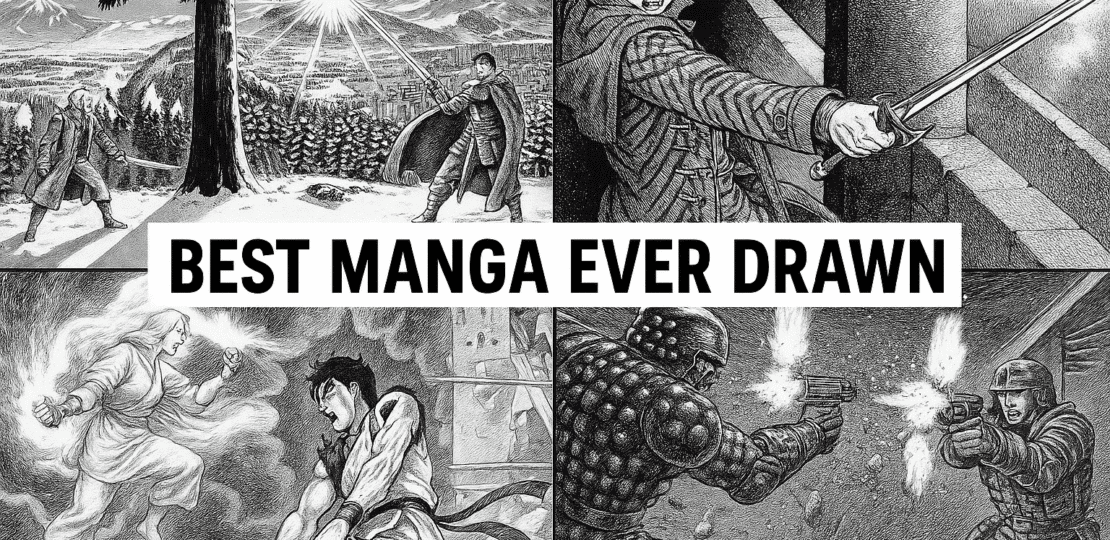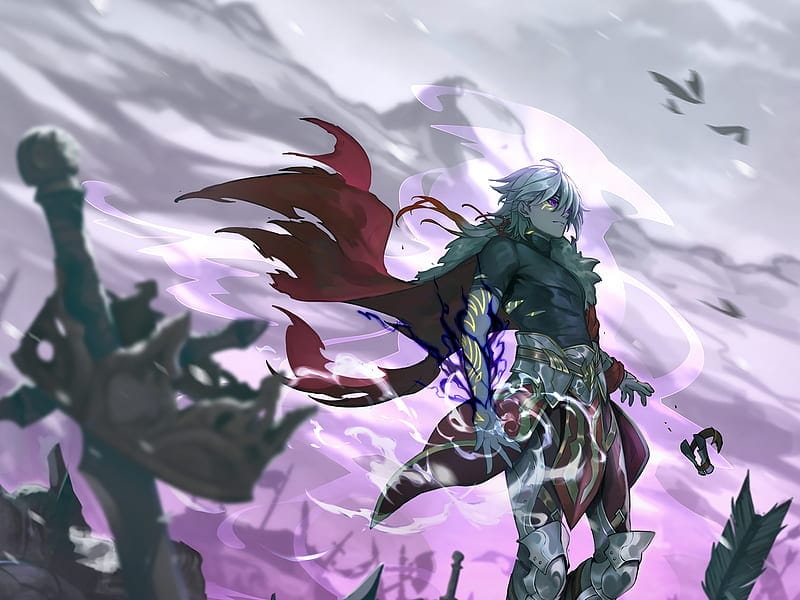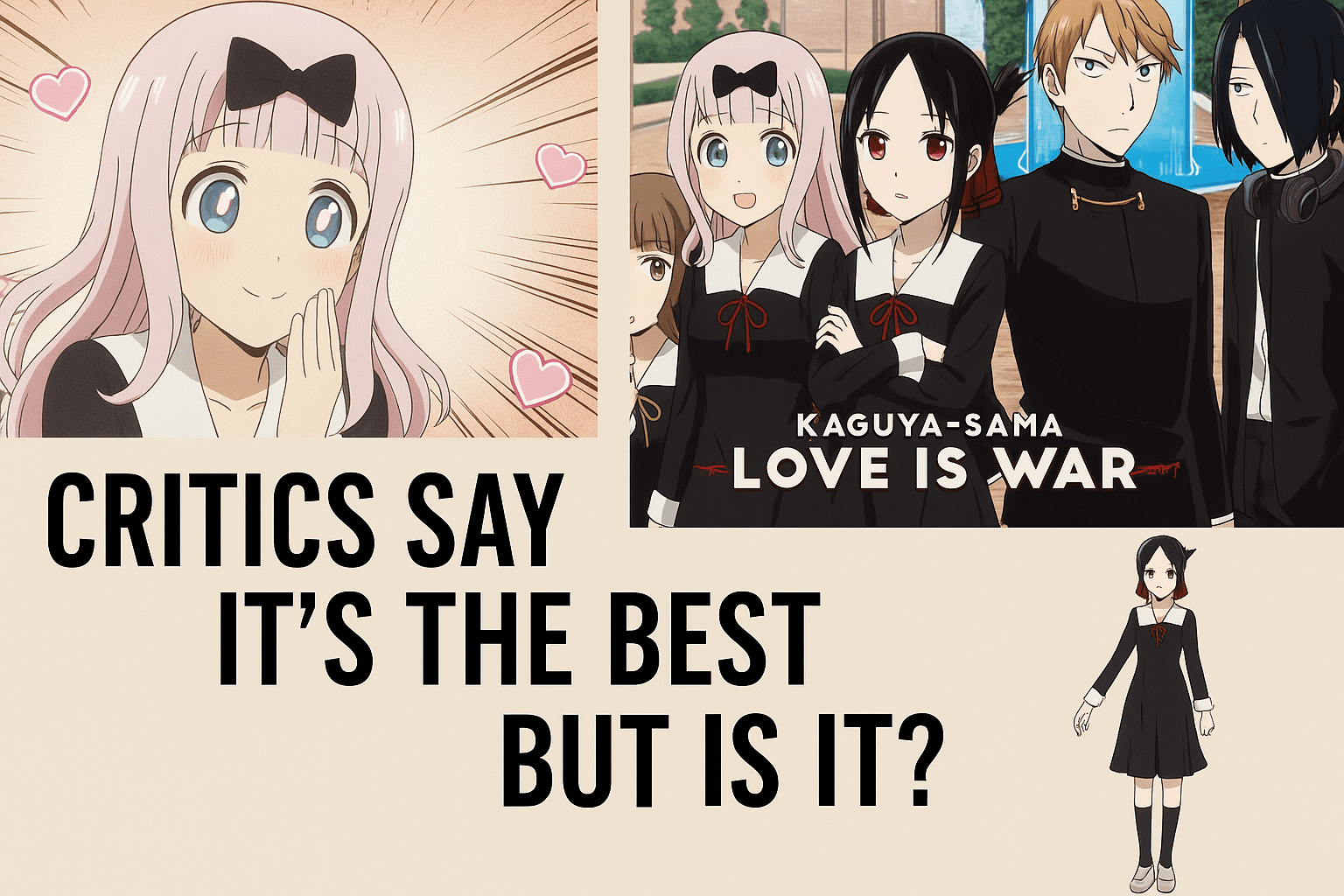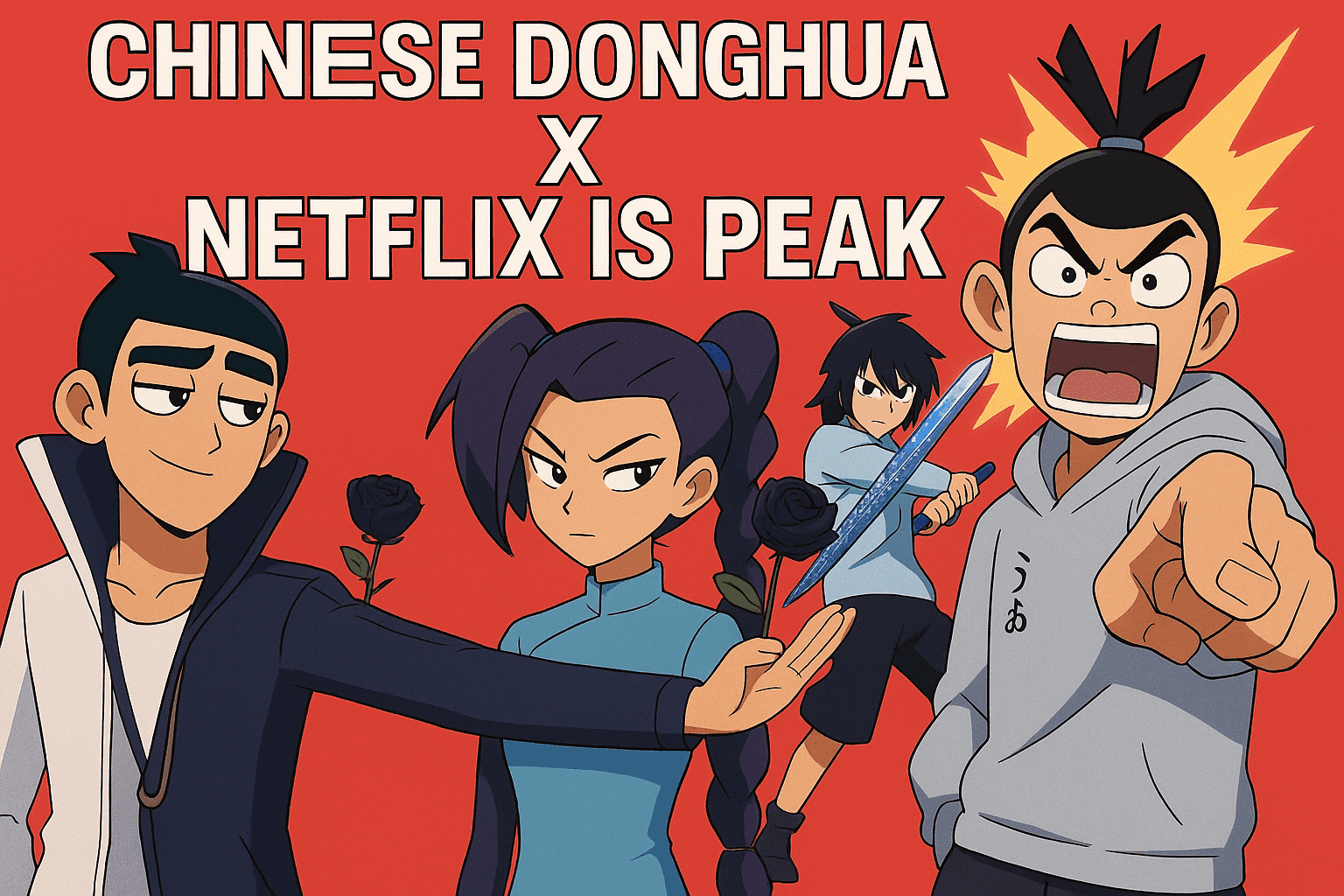Why Berserk Is One of the Greatest Manga of All Time (2025 Analysis)
October 15, 2025 | by Haku

🌑 Introduction: The Unyielding Shadow of Berserk
Few works in manga history have achieved the mythic status of Berserk. Created by the late Kentaro Miura, Berserk is not just a manga—it’s an experience. It’s a haunting journey through despair, revenge, loyalty, and redemption, all set within one of the most brutal yet breathtakingly beautiful worlds ever drawn.
Since its debut in 1989, Berserk has stood as a monumental pillar in the dark fantasy genre, influencing everything from video games like Dark Souls and Elden Ring to modern manga storytelling itself. Its visceral art, complex characters, and profound philosophical themes continue to captivate readers across generations.
So, what makes Berserk one of the greatest manga of all time? Let’s dive into the depths of Miura’s masterpiece and uncover why it continues to dominate discussions decades after its creation.
Read here.
⚔️ The Legacy of Kentaro Miura
A Visionary’s Dedication to His Craft
Kentaro Miura wasn’t just a mangaka—he was an artist possessed by vision. Every page of Berserk is meticulously detailed, each line drawn with near-obsessive care. Miura spent over three decades crafting this epic saga, often working long hours to ensure every frame conveyed the emotion and brutality he envisioned.
His death in May 2021 sent shockwaves throughout the manga community. Yet, even after his passing, his team at Studio Gaga, with supervision by close friend Kouji Mori, continues his legacy with reverence and precision. This enduring continuation ensures that Berserk remains alive—not just as a story, but as a living tribute to artistic excellence.
Miura’s Influence on Pop Culture
Miura’s work influenced countless creators. Dark Souls, Bloodborne, Final Fantasy XVI, and even Attack on Titan carry traces of his aesthetic—grim medieval worlds, tragic antiheroes, and questions of morality versus survival.
As Game of Thrones rose to prominence, many noticed parallels in tone and depth to Berserk’s storytelling—a reminder that Miura was exploring these dark moral territories long before they became mainstream.
🕯️ The Story — A Tragic Odyssey of the Human Spirit
The Premise: Guts, the Struggler
At its core, Berserk follows Guts, a mercenary born from a corpse, who wields an enormous sword—the Dragon Slayer—against both human and demonic foes. His journey is a relentless struggle against fate, betrayal, and an existence haunted by the supernatural.
But Guts is not your typical hero. He’s brutal, scarred, and deeply human. His rage is balanced by moments of profound tenderness, especially in his relationships with Casca, Griffith, and later the companions who form his new Band of the Hawk.
The Golden Age Arc — The Foundation of Greatness
If there’s one arc that solidified Berserk’s reputation, it’s the Golden Age Arc. This prequel-like story traces Guts’ rise from a wandering sellsword to a key member of Griffith’s Band of the Hawk, culminating in one of the most unforgettable betrayals in manga history.
Without spoiling key events, the Golden Age Arc explores ambition, friendship, and the corrupting nature of dreams. Griffith’s infamous transformation marks a turning point—not only in the series but in manga history itself. It’s where Berserk transcends action and becomes existential literature.
The Post-Eclipse Arcs — A World in Darkness
Following the catastrophic Eclipse, Berserk becomes darker, stranger, and more introspective. Guts’ quest for revenge against Griffith intertwines with his struggle to protect Casca, whose trauma mirrors his own internal torment.
The later arcs—Conviction, Millennium Falcon, and Fantasia—introduce rich philosophical undertones, exploring faith, fate, and the cost of survival. Through nightmarish landscapes and divine horrors, Miura questions what it means to retain one’s humanity in an inhuman world.
🛡️ Art Beyond Imagination
The Evolution of Miura’s Art Style
Early Berserk chapters exhibit raw energy, but as Miura matured, his artistry evolved into something unparalleled. His later volumes—especially from Volume 20 onward—are breathtaking tapestries of gothic architecture, dynamic combat, and haunting symbolism.
Each page feels alive. The motion in Guts’ swings, the terror in the apostles’ grotesque forms, and the eerie beauty of the God Hand are captured with such precision that they often feel cinematic. Many fans compare reading Berserk to viewing a Renaissance painting set in hell.
The Iconic Imagery
Certain panels have become legendary:
- Guts standing beneath a blood-red eclipse.
- Griffith’s haunting transformation into Femto.
- The Brand of Sacrifice burning in the moonlight.
These images aren’t just memorable—they’re eternal symbols of the manga’s themes: struggle, destiny, and the defiance of despair.
🧠 Themes That Transcend the Genre
The Struggle Against Fate
One of Berserk’s most enduring messages is encapsulated in Guts’ nickname: The Struggler. Miura’s universe is built upon the notion of causality—a deterministic world where every event is preordained by a metaphysical force. Yet Guts, despite being marked by fate itself, continues to fight back.
This defiance resonates deeply with readers. Guts represents the eternal human will to resist, to carve meaning even in a meaningless universe.
Friendship, Betrayal, and Ambition
The dynamic between Guts and Griffith is among the most complex relationships in manga history. Griffith’s dream of attaining his own kingdom drives the entire narrative, but it’s his willingness to sacrifice everything—even his comrades—that reveals the story’s moral abyss.
Through their intertwined destinies, Miura explores the duality of light and darkness—ambition that elevates and destroys, love that saves and damns.
Trauma, Healing, and Redemption
Unlike many dark fantasies, Berserk doesn’t glorify suffering. It portrays trauma with realism and empathy. Casca’s storyline, for instance, reflects deep psychological truth—her fragmented mind representing the cost of survival after unspeakable pain.
Guts’ slow healing—both emotional and physical—through his companions like Farnese, Serpico, Isidro, and Schierke, shows that even in darkness, there’s a fragile hope. That’s Berserk’s greatest miracle: amid horror, it finds humanity.
🔥 Why Berserk Still Matters Today
Influence on Modern Storytelling
More than three decades later, Berserk’s DNA runs through modern storytelling. Its influence extends beyond manga—to anime, gaming, literature, and art. The “gritty realism” and “moral grayness” seen in today’s fantasy works owe much to Miura’s blueprint.
Series like Vinland Saga, Attack on Titan, Claymore, and Vagabond all bear Miura’s spiritual imprint. Even Elden Ring’s haunting landscapes were co-created with Berserk in mind.
The Emotional Depth
Unlike many action-heavy manga, Berserk’s emotional core remains its strongest weapon. Readers form deep bonds with the characters—feeling their triumphs, their despair, their longing for peace.
Every reread uncovers new details, hidden metaphors, and emotional nuances. Berserk is not a story you merely finish—it’s one that stays with you forever.
🌙 The Future of Berserk
Continuing the Dream
Since Miura’s passing, his lifelong friend Kouji Mori—the only person Miura confided the full story to—has helped continue Berserk with Studio Gaga. Their work preserves Miura’s notes, sketches, and vision, ensuring the saga reaches its intended conclusion.
While some fans feared the continuation might feel hollow, the new chapters have been met with overwhelming respect for their authenticity and reverence. The torch has not been dropped—it burns steadily in Miura’s memory.
A Legacy That Will Endure
Miura’s influence is immortal. Whether through the manga’s ongoing story, anime adaptations, or the endless discussions online, Berserk has become more than fiction—it’s a cultural monument.
It reminds readers of the beauty that can exist even in tragedy. That art, when born from passion, can echo across lifetimes.
⚔️ Conclusion — A Monument to Human Will
Kentaro Miura’s Berserk isn’t simply one of the greatest manga of all time—it’s one of the greatest works of modern storytelling. It captures everything that defines human experience: ambition, loss, rage, love, despair, and hope.
Through Guts’ endless battle against fate, Miura left us a message that transcends the page: “Even if destiny is cruel, we can still choose to fight.”
And that’s why Berserk will forever be a legend.
RELATED POSTS
View all


